Damaged rear legs.
18th Century Port Furniture in Bordeaux
In the 18th century, Bordeaux experienced unprecedented economic growth thanks to maritime trade, particularly in wine, sugar and exotic woods imported from the colonies. This enrichment encouraged the development of refined cabinetmaking crafts, influenced by the Louis XV and Louis XVI styles. Bordeaux port furniture, made of solid mahogany or local wood, is distinguished by its robustness and elegance, adapted to a wealthy clientele linked to maritime trade. One of the emblematic pieces of furniture from this period is the solid mahogany tomb chest of drawers. This piece is characterized by its curved shape on the front and sides, evoking the silhouette of a sarcophagus, hence its name. Made of mahogany imported from the West Indies or South America, it often rests on arched legs and has three or four drawers decorated with chiseled bronze handles. The top can be made of marble, generally gray or red, contrasting with the warm color of the wood. This type of chest of drawers embodies the know-how of Bordeaux cabinetmakers, combining aesthetics and functionality in a context of port prosperity. These pieces of furniture bear witness to the influence of transatlantic trade on Bordeaux decorative art, illustrating the link between economic prosperity and exceptional artisanal production.





































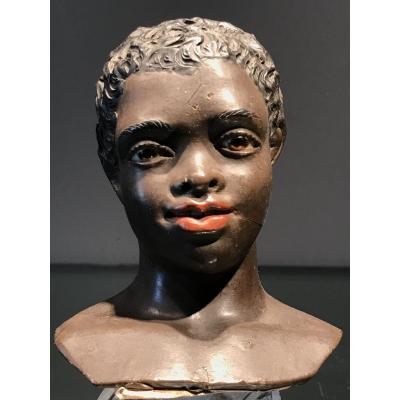
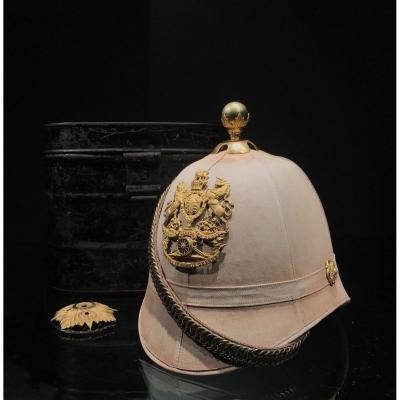
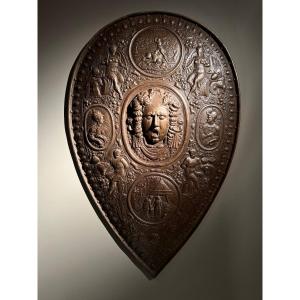


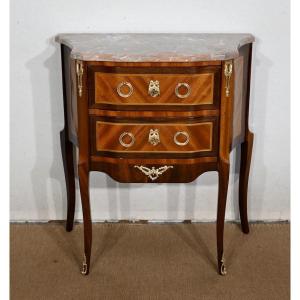

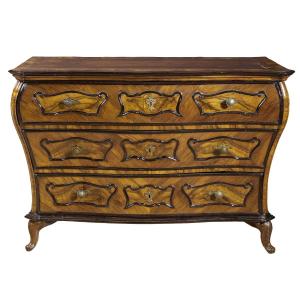
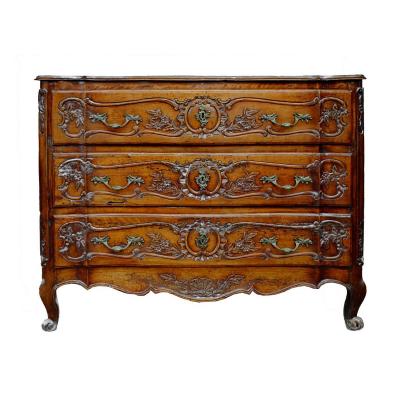




 Le Magazine de PROANTIC
Le Magazine de PROANTIC TRÉSORS Magazine
TRÉSORS Magazine Rivista Artiquariato
Rivista Artiquariato